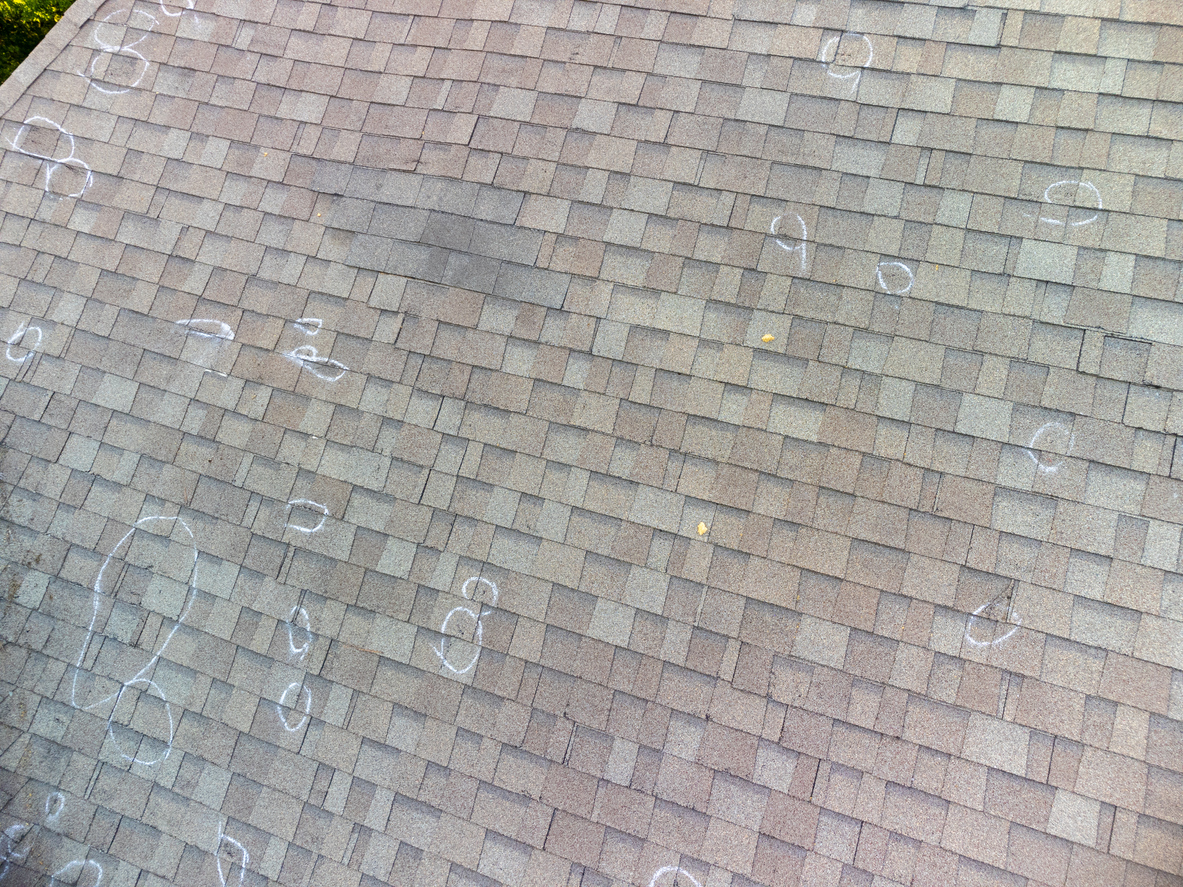Last week, in ‘Bama Bad Faith – An Alabama Case Evaluates a Number of Bad Faith Issues, Part 3, I began an evaluation of whether there was a genuine issue of material fact as to the basis for the insureds’ bad-faith claims in Jones v. Alfa Mutual Ins. Co., 1 So.3d 23 (2008). The lower court granted summary judgment in favor of Alfa, concluding that there was no genuine issue of material fact, and the insureds appealed. The Alabama Supreme Court explained that the allegations against Alfa included both a “normal” bad-faith claim and an “abnormal” bad-faith claim. This week, I am writing about the “normal” bad faith claim.
In Jones, the insureds contended that there was no reasonable or justifiable ground for Alfa’s refusal to pay the disputed claim when the following facts were considered:
- The insureds’ testified that no cracks existed in the brick veneer or the drywall of their house before Hurricane Opal;
- Their testimony was supported by the adjuster’s testimony that he did not see or recall seeing any damage or cracks to the exterior of the insured property when he inspected the house during the summer of 1995;
- Ralph Jones told the insureds that he believed that wind had become trapped under the carport during Hurricane Opal, lifting and shifting the roof of the house and that the soil in Coffee County was not prone to cause settlement;
- Upon learning of the nonrenewal of the Joneses’ policy by Alfa, Sanders told Harold Jones that Alfa did not “stand a snowball[‘s] chance in hell” of being successful if the claim was litigated because the cracks and other damage were not present when he inspected the house during the summer of 1995.
The insureds compared their situation to the facts of the Alabama Supreme Court’s decision in White v. State Farm Fire & Casualty Co., 953 So.2d 340 (Ala. 2006):
Based on the present state of the record in this case, we conclude that material questions of fact exist that make a summary judgment on the bad-faith claim improper. White and his office manager … testified that two different State Farm agents told them to repair the roof. White insists that [the adjustor] not only authorized him to proceed with the repairs, but she also told him it would be a day before State Farm had the check processed for the claim. White says no one at State Farm ever told him that there was a question whether State Farm would pay the claim. John Hill, a State Farm manager, testified that if State Farm authorized repairs, then it should have paid the entire $43,395 proposed by Quality Roofing. Other State Farm employees testified, however, that if [the adjustor] had indeed authorized White to proceed with the repairs proposed by Quality Roofing, it would not have been necessary for her to have prepared an estimate, which she did.
Alfa attempted to distinguish White, arguing the cause of damage was not disputed in White. Instead, the issue in White was that the insurer refused to pay the full cost to replace the roof, arguing that the new roof was an upgrade.
After evaluating both arguments, the Supreme Court of Alabama agreed with Alfa that the insureds’ claim was distinguishable from White:
The ultimate question is whether the nonmovant has presented sufficient evidence to allow the case or the issue to be submitted to the jury for a factual resolution [citation omitted] In other words, the nonmovant must present substantial evidence in order to withstand a judgment as a matter of law…it is apparent that Ralph Jones’s report creates a question of material fact that would preclude the Joneses from receiving a preverdict judgment as a matter of law on the underlying breach-of-contract claim. Accordingly, we affirm the summary judgment on the Joneses’ “normal” bad-faith claim.
The Court held that the insureds did not present substantial evidence that could withstand a judgment as a matter of law and affirmed summary judgment of the insureds’ “normal” bad faith claim.
Next week I will write about the insureds’ “abnormal” bad faith claim. Please consider that the holding above is specific to Alabama and that other jurisdictions might rule differently on this issue.



